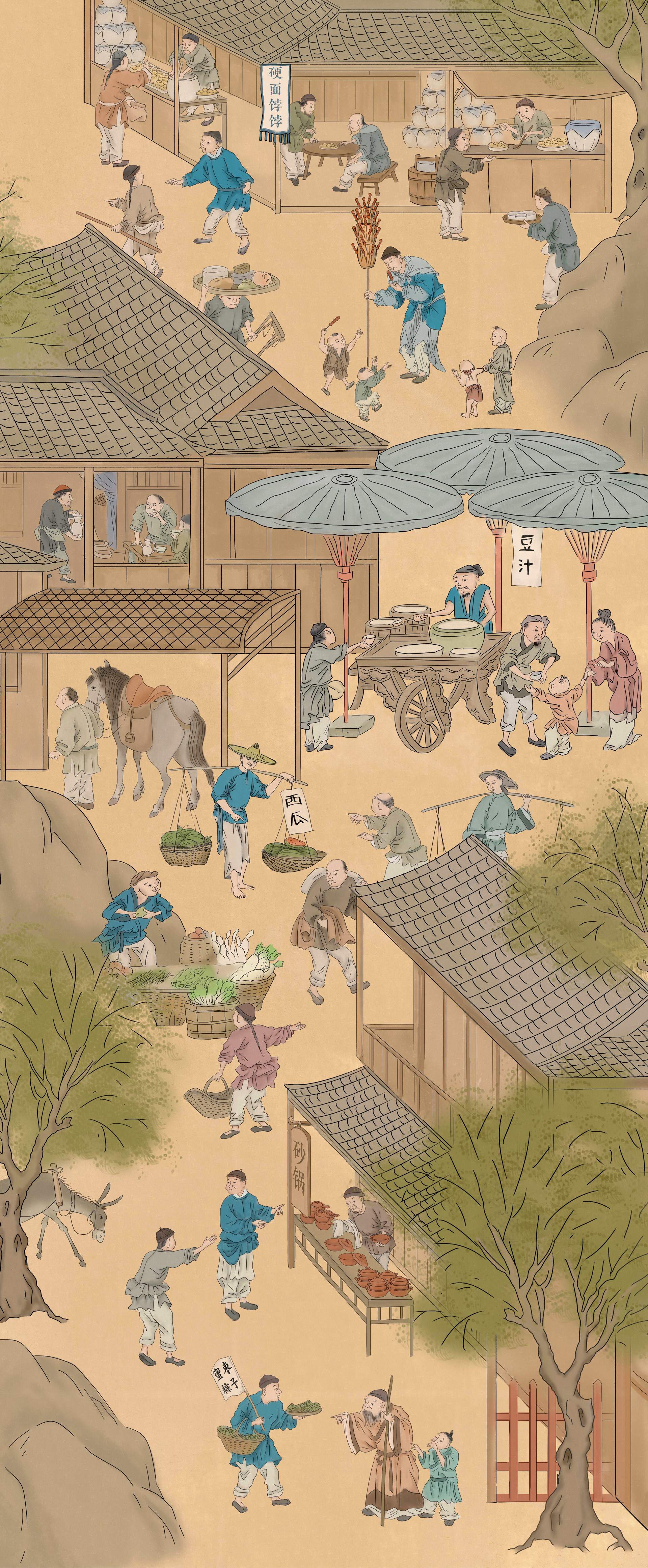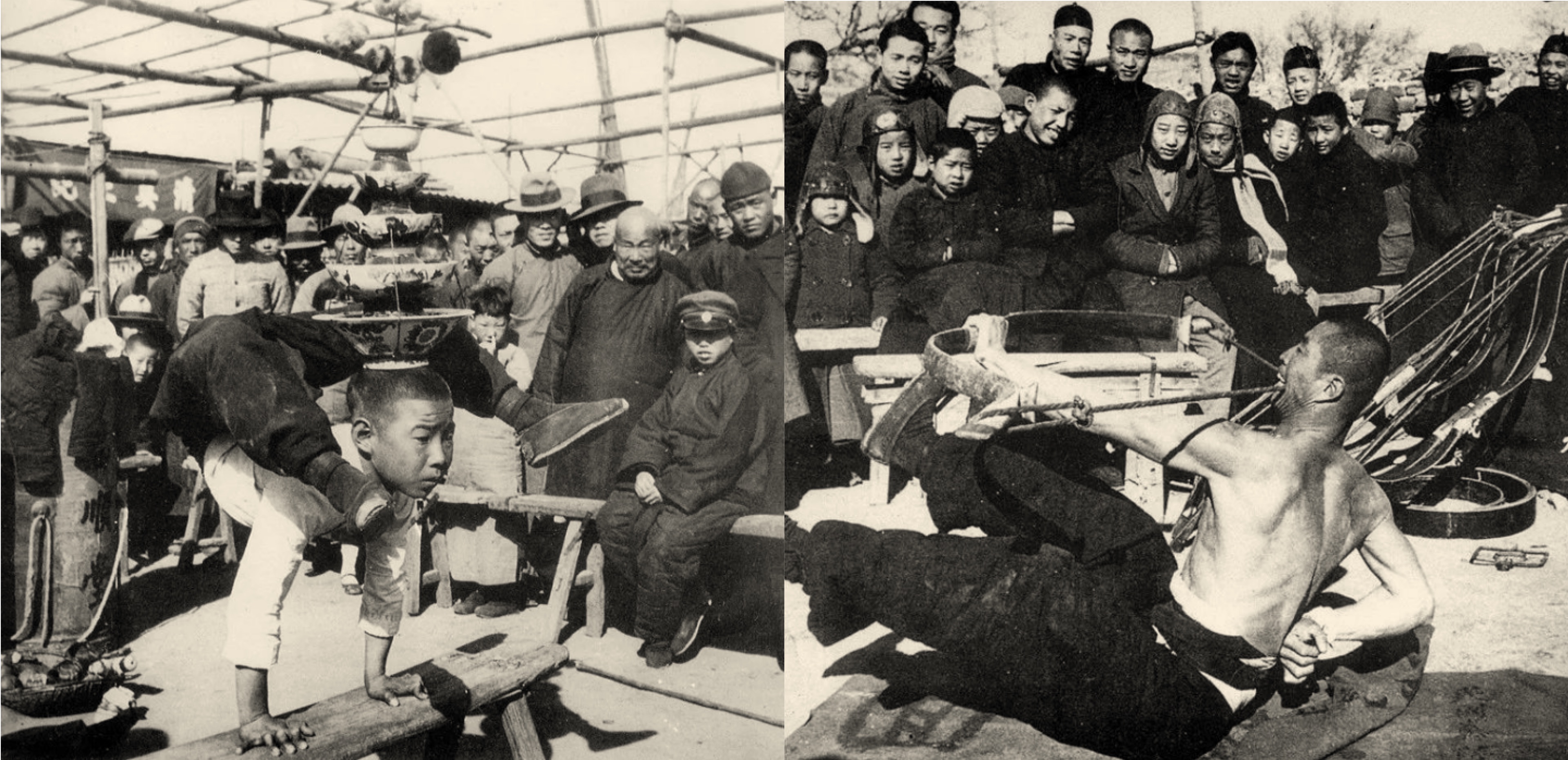Zhushikou (literally “Entrance of the Pearl Market”) was called “Entrance of the Hog Market,” with “pearl” and “hog” homophonic in Chinese. Therefore, the area had initially been a market for selling pork.
Tianqiao (literally “Celestial Bridge”) originated from a stone bridge built to facilitate the emperors’ passage to the Temple of Heaven and the Altar of the God of Agriculture to offer sacrifices during the Ming and Qing dynasties. Since a Chinese monarch called himself the “Son of Heaven” and the purpose of the emperors’ sacrificial rituals was to communicate with heaven, the bridge got its name, the “Bridge of the Son of Heaven” or simply “Bridge of Heaven,” pronounced as Tianqiao.
Today, it was transformed into an underground stream. The area around Tianqiao became home to popular civilian entertainment and commercial markets. Today, the Tianqiao area is still a venue for various cultural activities.
The residential blocks in the outer city brought about the rich axial landscape and unique urban functions south of Beijing Central Axis. They showed the characteristics of commerce and urban cultures completely different from those of the inner city.




















